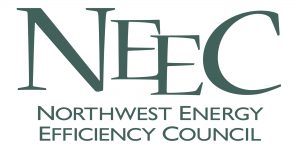The City of Seattle’s energy performance disclosure requirements continue to gain traction as more building owners complete compliance requirements for benchmarking their energy use and properly reporting that action to the City. Recently, two separate but related actions underscore the market effect of building energy benchmarking. This summer, the City of Philadelphia became the 6th city in the U.S. to adopt commercial building energy performance joining Austin, New York City, San Francisco, Seattle, and Washington, D.C. (two states also have these requirements – California and Washington). Philadelphia Mayor Michael Nutter, elected in 2008, pushed to create Greenworks Philadelphia and joined local stakeholders in pushing for commercial building energy performance disclosure. This summer the City acted. The Philadelphia disclosure approach is, like most other areas, built on the use of Portfolio Manager and applies to commercial buildings greater than 50,000 square feet. The first deadline for disclosure in this city is June 1, 2013. Buildings that do not comply will be subject to fines of $300 for the first month and then $100 per day thereafter.
Even more recently, the U.S. EPA released the results of data analysis of 35,000 buildings across the country who are benchmarking energy performance using their Portfolio Manager tool. After controlling for data sets that eliminated buildings that had data set unreliability (including sample buildings in the data), EPA found that these buildings achieved an average 7% reduction in energy use over the past 3 years. While the study did not look at specific causative agents for the energy reduction, the study does represent one of the largest data sets in which this analysis has been performed. The largest reductions in energy use tended to come from buildings that had the lowest ENERGY STAR scores (meaning high energy use). While the study itself drew no specific conclusions about the relationship between benchmarking and energy use reduction, it does seem confirming of the notion that things that get measured tend to be better managed. For information on the EPA analysis, read other media coverage or download the EPA brief on the data.
